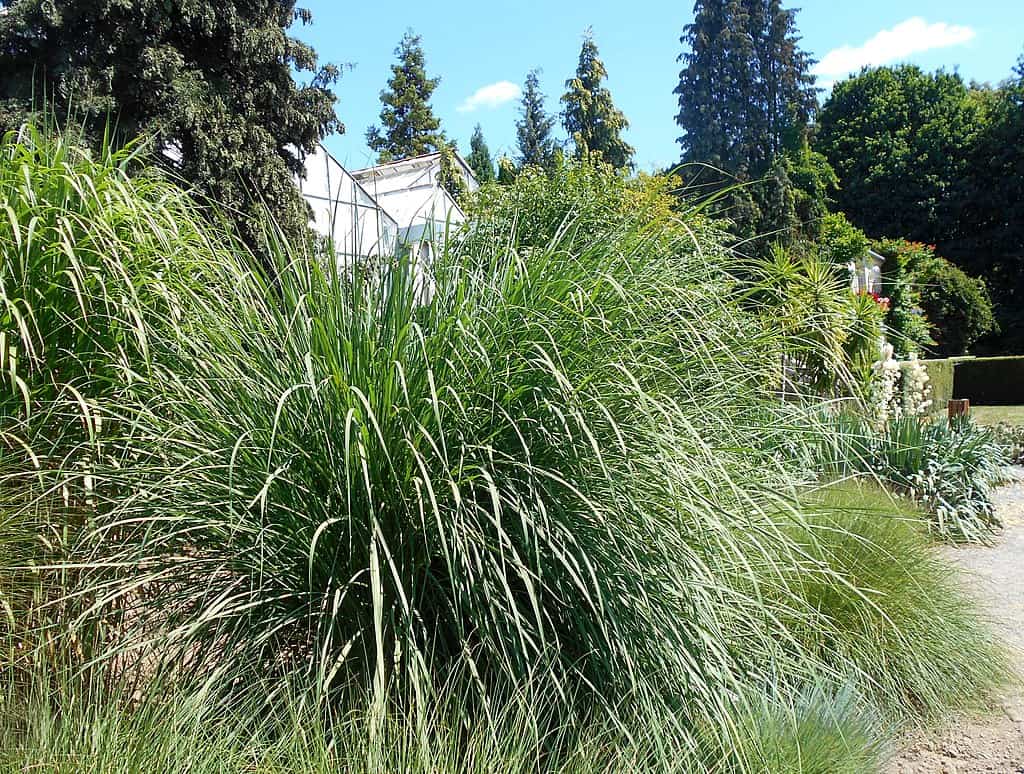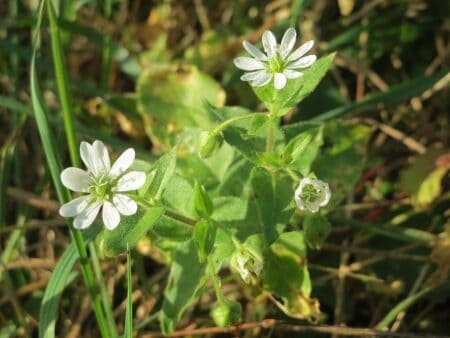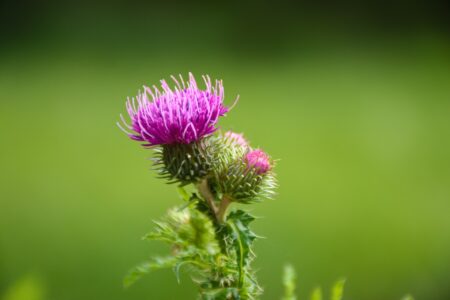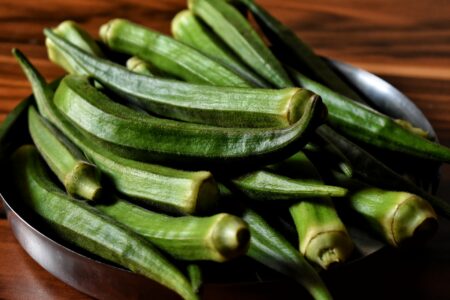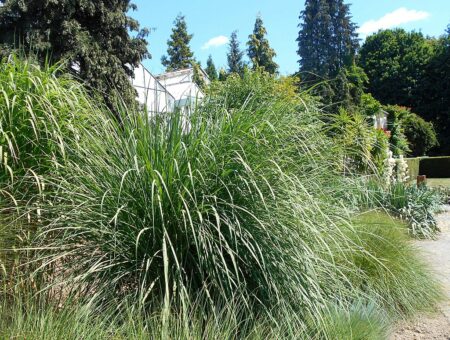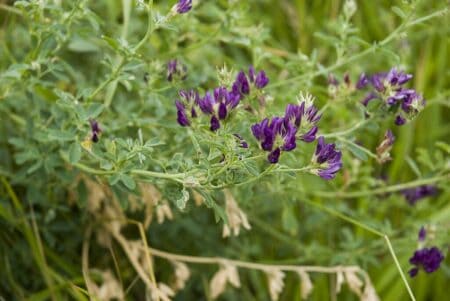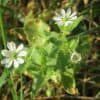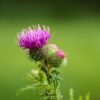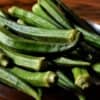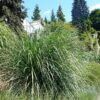Source: Wikimedia
Ravenna grass is a beautiful and hardy ornamental grass species ideal for dried flower arrangements and seasonal interest in the garden.
When properly grown and maintained, it will reliably return year after year, requiring minimal fuss once established.
In this article, you will find tips for planting, caring for, and troubleshooting issues with Ravenna grass.
By following the best practices covered here, you can grow this grass and incorporate it successfully in your landscape or designs.
What Is Ravenna Grass?
Ravenna grass, also known by its botanical name Saccharum ravennae, is a species of grass prized for its attractive plumes and foliage.
Native to the Mediterranean region, it thrives in hot, sunny climates and tolerates dry conditions well once established.
Ravenna grass grows in clumps or clusters, spreading slowly via underground rhizomes. In spring and summer, it produces bright green paddle-shaped leaves.
But its real show-stopping feature is the feathery pink or silver plumes that emerge in mid-summer, starting green and gradually fading to a silvery-gray.
These plume-like flower panicles can reach two to three feet long and sway beautifully in the breeze.
The fuzzy texture and ethereal color make Ravenna grass popular for dried flower arrangements and floral designs.
It also attracts butterflies and birds to the garden.
Ravenna grass is one of the oldest known ornamental grasses, cultivated by Romans and Greeks since ancient times.
An ideal landscape grass, Ravenna thrives with full sunlight and average to low water needs.
While its foliage dies in winter, the dried flower stalks provide visual interest through the colder months.
Due to its ornamental flowers and graceful habit, Ravenna grass is a popular addition to Mediterranean-style gardens worldwide.
Growing and Caring for Ravenna Grass
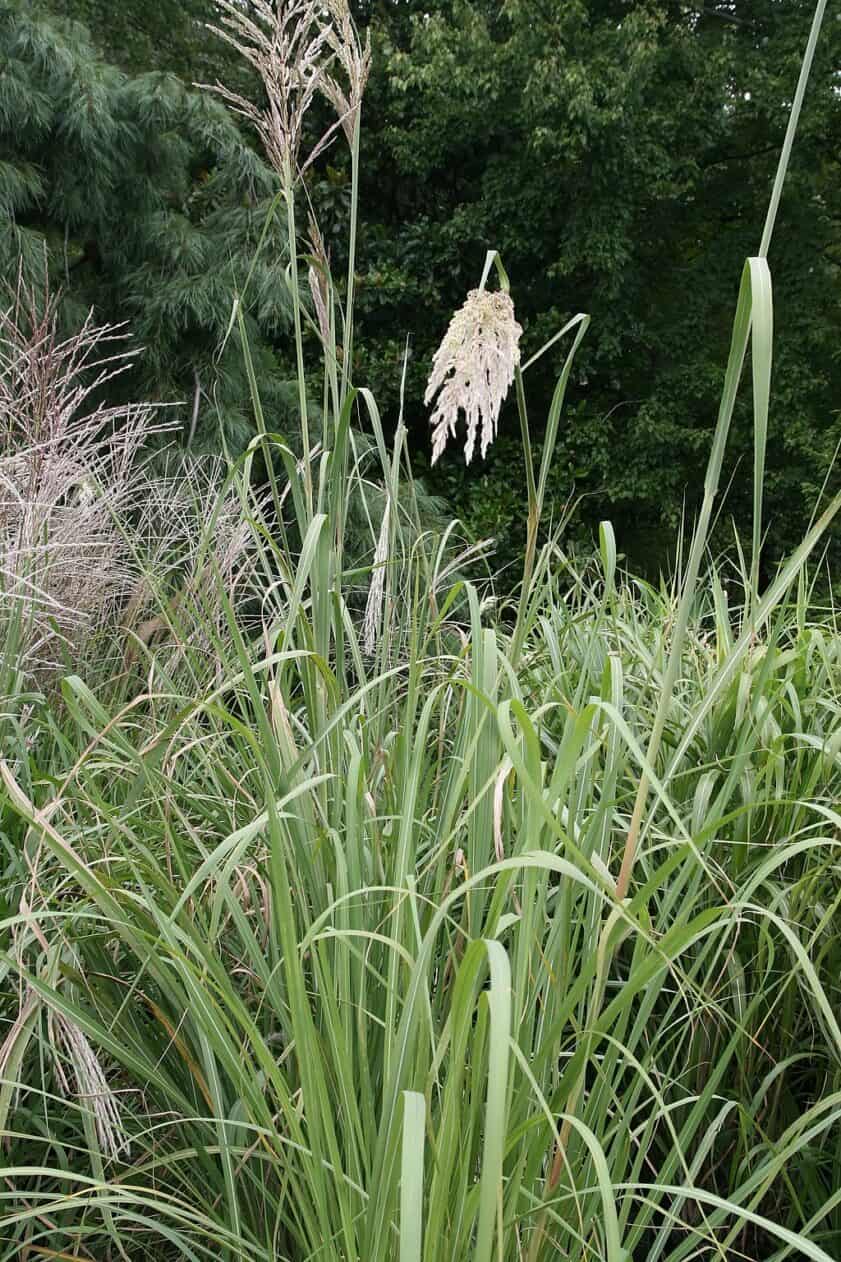
Here’s how to grow and care for Ravenna grass.
Planting
Like finding a comfy spot for your favorite chair, Ravenna Grass loves the right location to get it growing strong.
Pick a spot with full sun to slight shade, and ensure it has well-drained soil. This grass doesn’t like having wet feet.
The soil should be loose and nutrient-rich – you can mix in some compost before planting to boost the fertility.
Establishing New Plants
Plant Ravenna Grass in the spring or early summer. This is when this grass is ready to put down some roots and start looking fabulous.
Give your Ravenna grass space to spread its blades by planting them about two to three feet apart for proper growth.
Plant the crowns with the pointed end up and cover with about an inch or two inches of soil.
Watering
Ravenna Grass likes a consistent watering routine. So water well after planting and for the first few weeks as the roots establish.
Keeping the soil evenly moist during its first growing season is important.
Continue watering deeply once a week to keep the soil moist but not soggy. After that, it becomes resilient and can handle dry spells.
Fertilizing
To keep the plants looking their best, feed them balanced, slow-release fertilizer in early spring.
Do this again in mid-summer before flowering to give your grass a little boost. But don’t go overboard with the fertilizer.
A little goes a long way.
Maintenance
Cut the plumes back in the fall after fully drying out to clean up the gardens.
Ravenna grass dies back in winter, so you can leave the dried foliage in place to shelter birds. Cut it down in early spring before new growth emerges.
Check for any unwanted guests like aphids or spider mites. If you spot them, gently remove them with a blast of water or use an insecticidal soap.
Division
Consider dividing your Ravenna Grass clumps every few years, usually in early spring, as it helps rejuvenate the plant and keeps it vigorous.
Gently dig up the clump, then split it into smaller pieces, each with some roots and green stuff.
Plant these in new spots, water generously, and keep them moist as they settle in. It’s like hitting the refresh button for your Ravenna Grass.
Possible Problems of Ravenna Grass
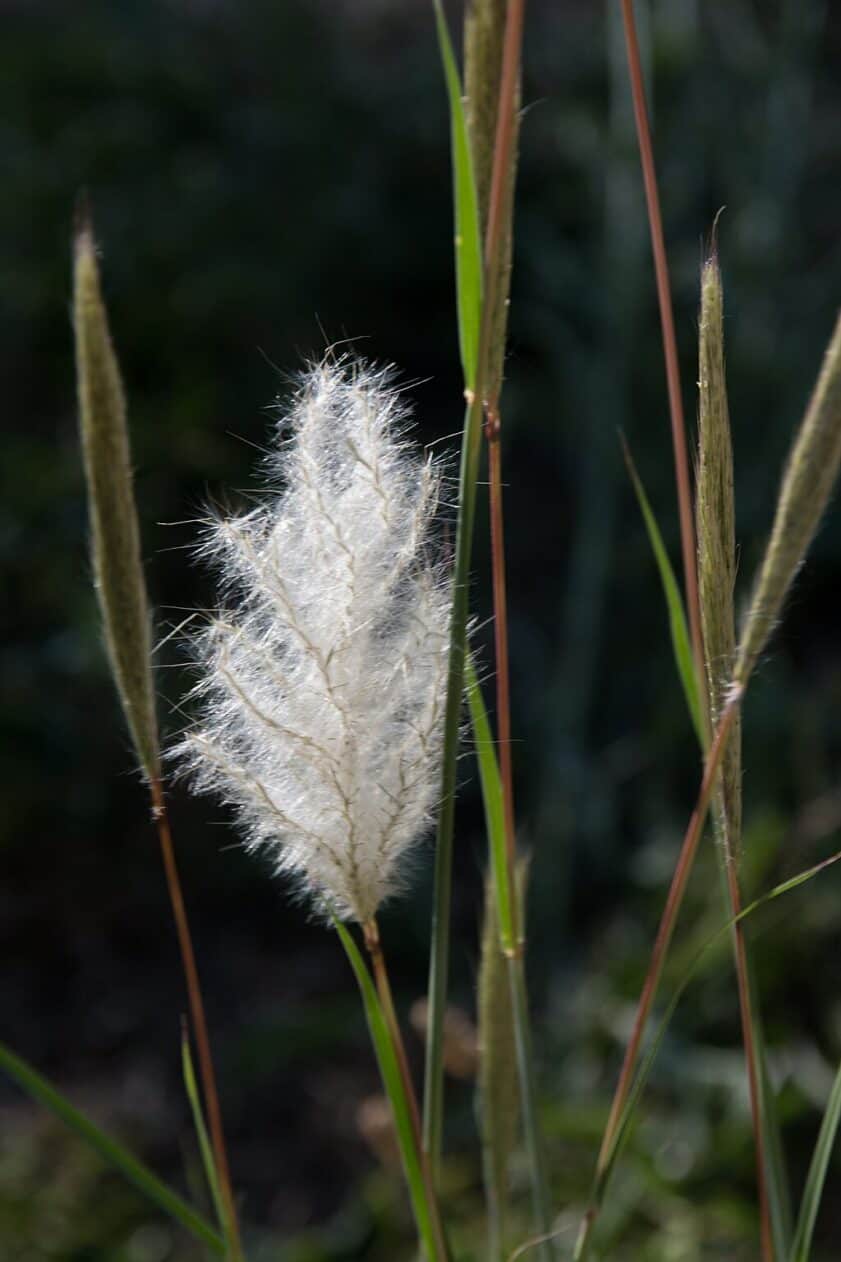
Here are possible problems you may face with Ravenna grass.
Pests
While relatively pest-resistant, Ravenna Grass can occasionally attract pests like aphids, spider mites, or mealybugs, especially later in the season when the grass is flowering.
These tiny critters can weaken the plant. If you notice them, consider using insecticidal soap or a strong stream of water to dislodge and kill them.
Diseases
Fungal diseases like rust and leaf spots can affect the appearance of your Ravenna Grass.
Rust disease is often triggered by wet foliage and may appear as yellow or orange spots on foliage.
You can reduce the spread by removing and destroying infected leaves.
To prevent them, water at the base of the plant and ensure good air circulation.
Winter Damage
In very cold regions, late-season growth may experience dieback and not have time to harden off before winter fully.
Leaves may burn from frost, or plants may sustain damage from heavy snow or ice. It is essential to provide mulch or winter protection if necessary.
Also, leaving the dried foliage in place can help protect the plant’s crown. Trim it back in early spring to encourage new growth.
Temperature Stress
Prolonged periods of heat and drought can cause foliage to fade and plants to go dormant.
Proper irrigation can help Ravenna grass withstand temperature fluctuations, especially when established.
Weeds and Competition
Weeds can compete with Ravenna Grass for sunlight, water, and nutrients.
Regular weeding, mulching, and using weed barriers can help prevent weed growth.
Selective herbicides can also be used for persistent weeds.
Conclusion
We hope you learned something new about Ravenna grass today.
If you follow all the tips covered, it’ll surely grow great for you.
Just ensure to choose a sunny spot and take good care of it.
Then, you can sit back and enjoy those beautiful blooms fluttering away.

